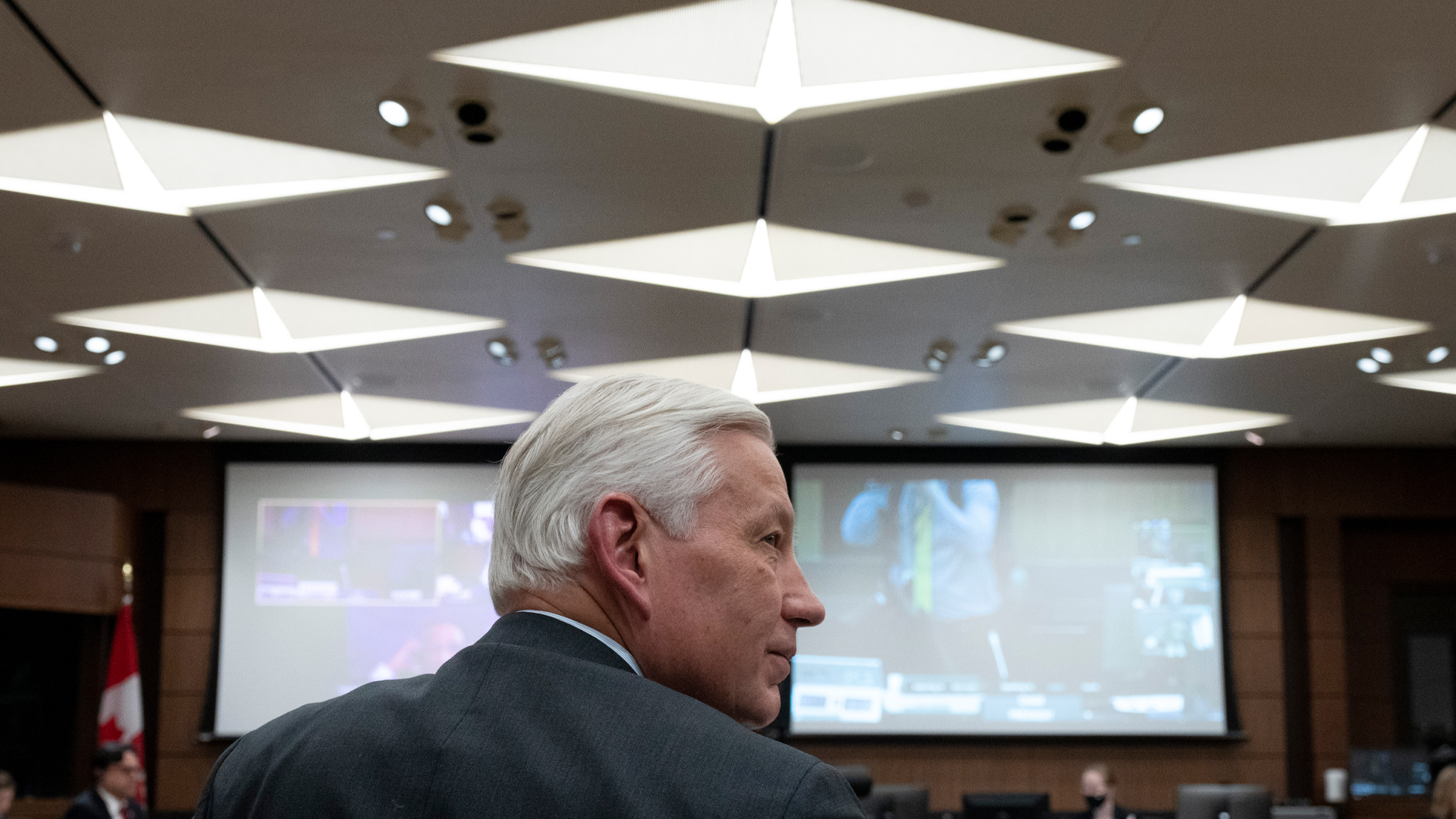
Over the last few months, we have seen a rising tide of interest in the use of contracted services by the federal government. The latest episode seems to have crystallized around the use of consulting firms, notably McKinsey & Company. It has triggered another round of partisan squabbling at a parliamentary committee and the pack of journalists who cover politics are piling on, unsure of what narrative is the most important.
It is not clear what “theory of the case,” if any, is driving the current flap. At its simplest, the Opposition and the media are drilling wells hoping for a political gusher. Can they find something untoward in the contracting process? Can they find something troubling in the relationship with a particular supplier? Can you show poor value for money? If they can’t find proof of anything untoward, a stream of insinuation can still generate political rewards.
The more interesting angles to this are about whether the use of outside contractors is a sign of weakening capacity by the public service, at least the federal version, or augurs of a dangerous dependency. That is far from clear as a diagnostic and, once again, the point would be what tangible actions anyone is prepared to take to do something about it. For me, the issue is not whether to use outside suppliers of services, but how to use them to best effect.
There is nothing new about governments at every level acquiring services from outside suppliers, and no iron rule to lean on as to whether work is best done by public servants or contractors. It is a matter of judgment, informed by business choices around cost, timeliness and quality, and by ideological preferences about the role of the state.
There are three ways to get a flow of work done: by permanent public servants; by temporary public servants (term appointments, casuals, seasonal workers, students); or by outside contractors. The first two fall under “staffing” policies and processes, while the third falls under “procurement and contracting.” All three generate costs for the government. These days, Ottawa spends roughly $50 billion on its public service and $15 billion on contracted services. Is that mix the right one? If you want to dampen or cut government spending, which should be cut more deeply?
Permanent public servants are expensive, carrying a premium beyond their salaries in terms of benefits and future pension costs. They are difficult to move around and almost impossible to terminate for poor performance. They are entangled in a complex web of collective agreements and human resource mechanisms. They do however bring experience, expertise, loyalty, engagement and an orientation to the public interest, as opposed to short-term profit. The smart business choice is often to build up and develop sustainable capacity within a public service entity.
But the truth – uncomfortable for some – is that sometimes it makes more sense to go to an outside supplier where a pool of expertise resides. Just as the private sector does, it often makes sense for governments to outsource services, whether they are ongoing or related to a specific project with finite time frames. A large consideration is matching supply to demand.
The federal government is actually more than 300 distinct entities, most of them small, working on a vast array of tasks and projects. It would make little sense for each of them to build up permanent staff and cost structures to deal with the episodic need for some kinds of work. That is why there is a range of internal service providers such as Public Services and Procurement Canada, Shared Services Canada and the Translation Bureau. It is also why bringing in outside firms often makes sense.
It is commonplace and relatively uncontroversial now for governments to contract building maintenance and security, to retain external auditors and to hire legal counsel with specific skills. The federal government contracts translators and interpreters for specific events or tasks. It contracts communications firms to develop and place advertising, and to conduct market research to find out what users and citizens are thinking. I can recall a period of controversy about using temporary help agencies for administrative work.
As governments have moved more and more of their transactional and information services to the web and phone apps – while chasing rising expectations for speed, accuracy, cybersecurity and personalization – they have turned to firms that work with large private sector clients around the world that are wrestling with similar challenges. At their best, these firms help upgrade both the hardware and software of government technology, and train public servants to work with whatever is the emerging toolkit.
The pressure to continuously improve externally facing services and the internal services that support them make it sensible to retain firms that have worked with other governments and with private sector firms on queue management, customer relationship interfaces, customization of offerings, and protection of privacy and security. It is simply not true that public servants could keep up all by themselves. Nor is it true that all the people with the skills and knowledge needed by governments want to become public servants. Nor is it true that private firms always do good work – as we saw with the Phoenix pay system and with some apps, such as ArriveCAN – or do it at less cost.
What seems to be troubling some observers is the use of “management consultants,” which is a very elastic term. At their best, firms can offer an outside perspective on business processes, internal governance, organizational maturity, costing, risk management and other management issues. They can draw on international networks and expertise gained from working with a range of clients. For the public sector, they can be a useful antidote to inertia and the culture of “but that is the way we have always done things.”
The private sector uses external advisers extensively. I worked with several ministers who were highly sceptical of public service advice and insisted on running the issue by an outside firm with a big reputation before taking a decision. During spending reviews, ministers reflexively turn to outside advisers because they assume, with some justification, that the public service won’t be willing to challenge itself or consider new approaches.
The current McKinsey episode has surfaced concerns that advisory firms are starting to play a bigger role in decisions about policy – the “what” government chooses to do, as opposed to “how” it does it. It has also raised concerns that the public sector can become too dependent on outside firms with a profit motive and an interest in generating future work and billings. These are valid topics for scrutiny. Public service unions make valid arguments about the potential exploitation of gig workers with little job security or benefits at these outside firms. But there are valid arguments for using outside suppliers that can’t be dismissed as mindless privatization.
The boundaries between insourcing and outsourcing have always generated controversy. Can we use these brief periods of attention to do something about it beyond scoring short-term points?
The politicians and pundits who now argue for less use of external advisers should commit themselves in action or argument to a doubling of the resources allocated to training public servants and to a much expanded program for interchange of permanent staff between the public service, and the private and not-for-profit sectors. They should also endorse greatly expanding the resources used to acquire outside perspective and fresh ideas from the supply chain of think tanks and academic centres.
To be an intelligent buyer getting value for money for taxpayers and citizens, the public service must always invest in its leadership cadre, in its capacity in vendor management, in project management, and in its processes to onboard and internalize the skills and knowledge that working with outside advisors can provide. It should be possible to create a positive feedback loop and learning cycle that makes the public service better.
This is part of a series of articles by former clerk of the Privy Council Michael Wernick on the wicked problems facing the public service. Previous articles can be found here.










